Homework Assignment: Statistical Analysis of Omega-3 and Mother's Age
VerifiedAdded on 2022/08/10
|5
|541
|425
Homework Assignment
AI Summary
This statistics assignment delves into the analysis of histograms, focusing on two primary datasets: the ratio of omega-3 to omega-6 fatty acids in various oils and the age of mothers at their first childbirth. The assignment begins by analyzing the histogram of omega-3 to omega-6 ratios, determining the distribution's skewness and interpreting the health implications based on the data. It then examines the ratio of different fish oils. The second part of the assignment investigates maternal age at first childbirth, comparing histograms and count data, and analyzing the skewness of the distribution. It identifies the median and quartiles of the maternal age data, providing insights into the distribution's characteristics and trends. This assignment emphasizes the importance of histograms in understanding data distributions and drawing meaningful conclusions.
1 out of 5
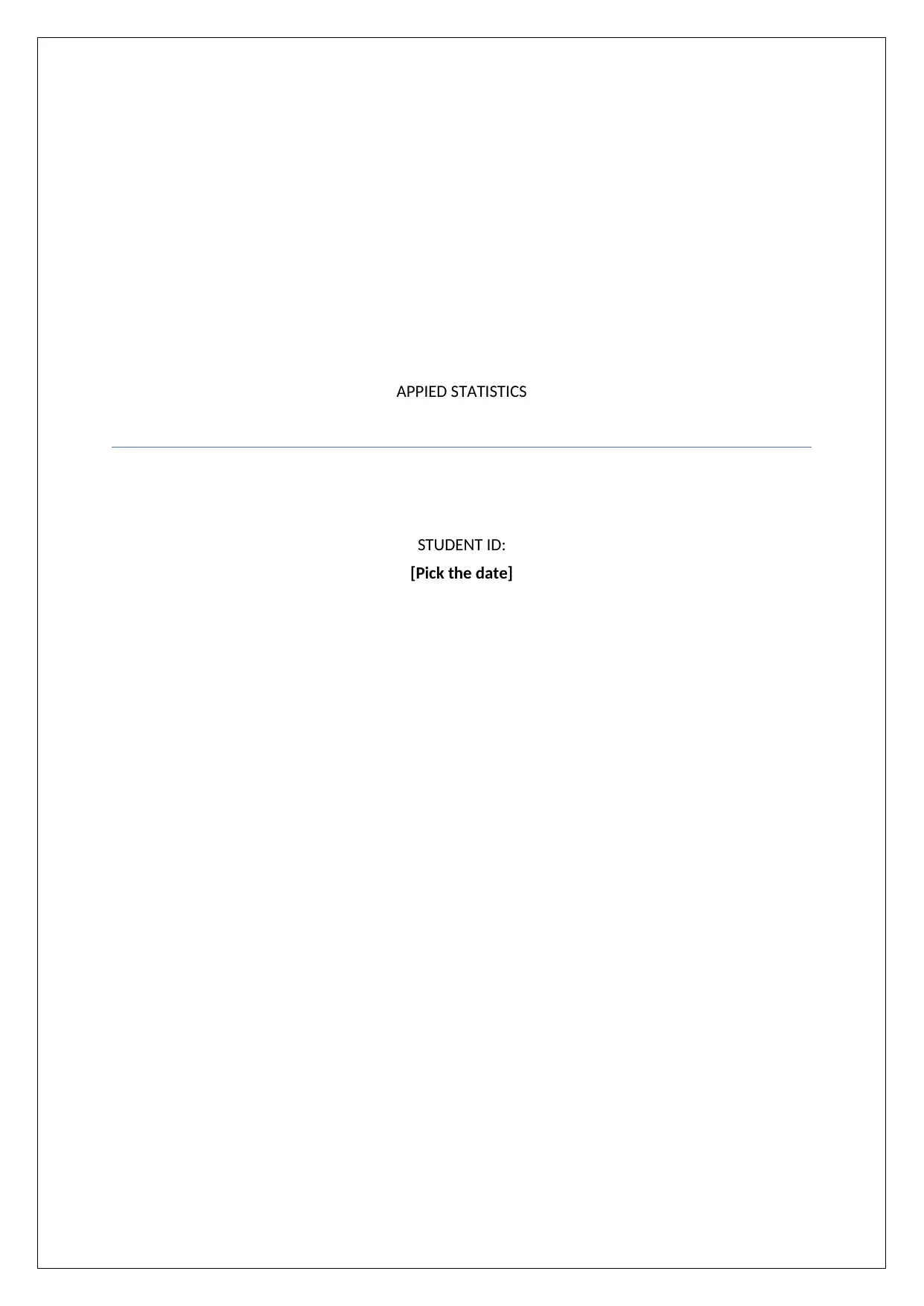
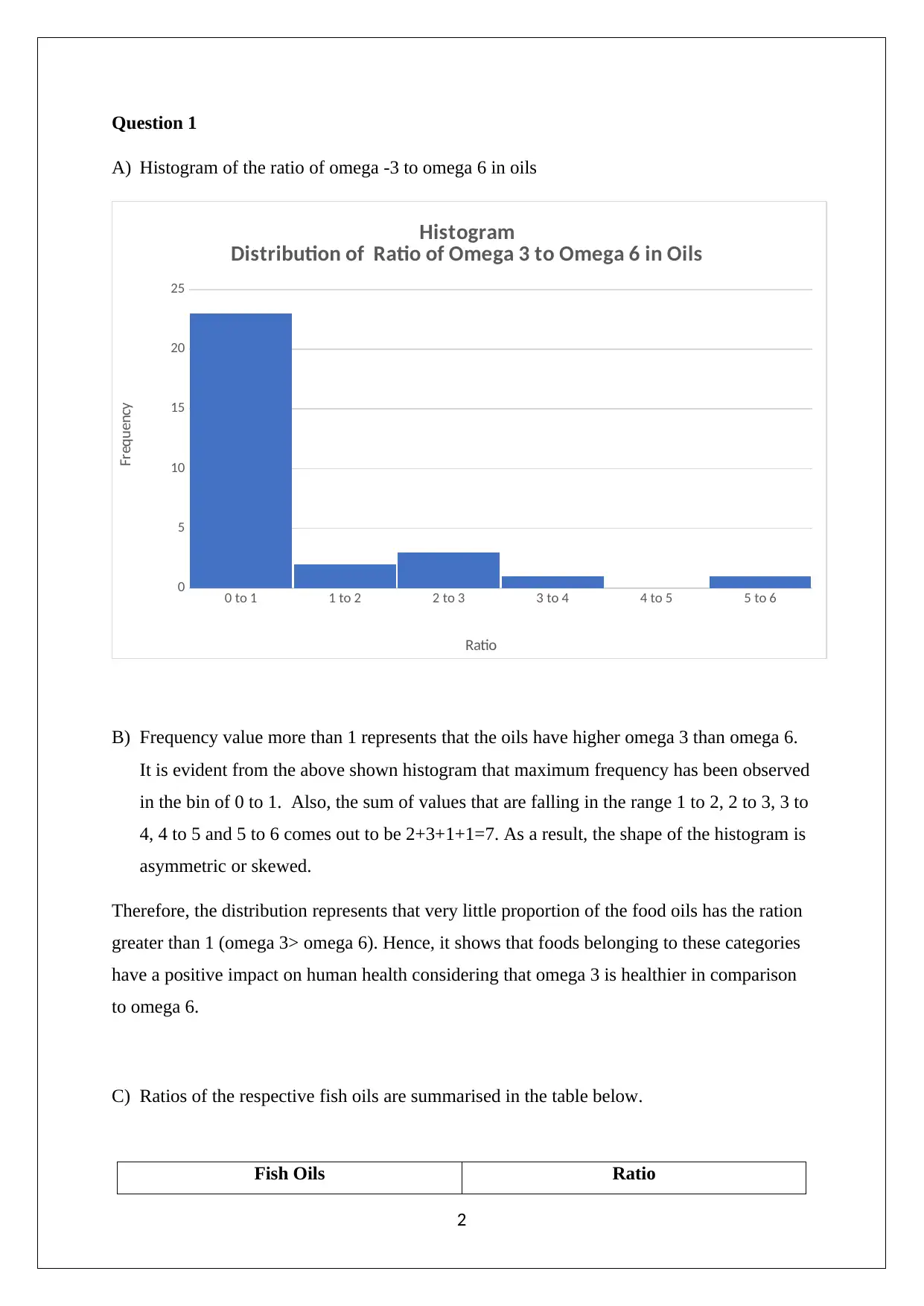
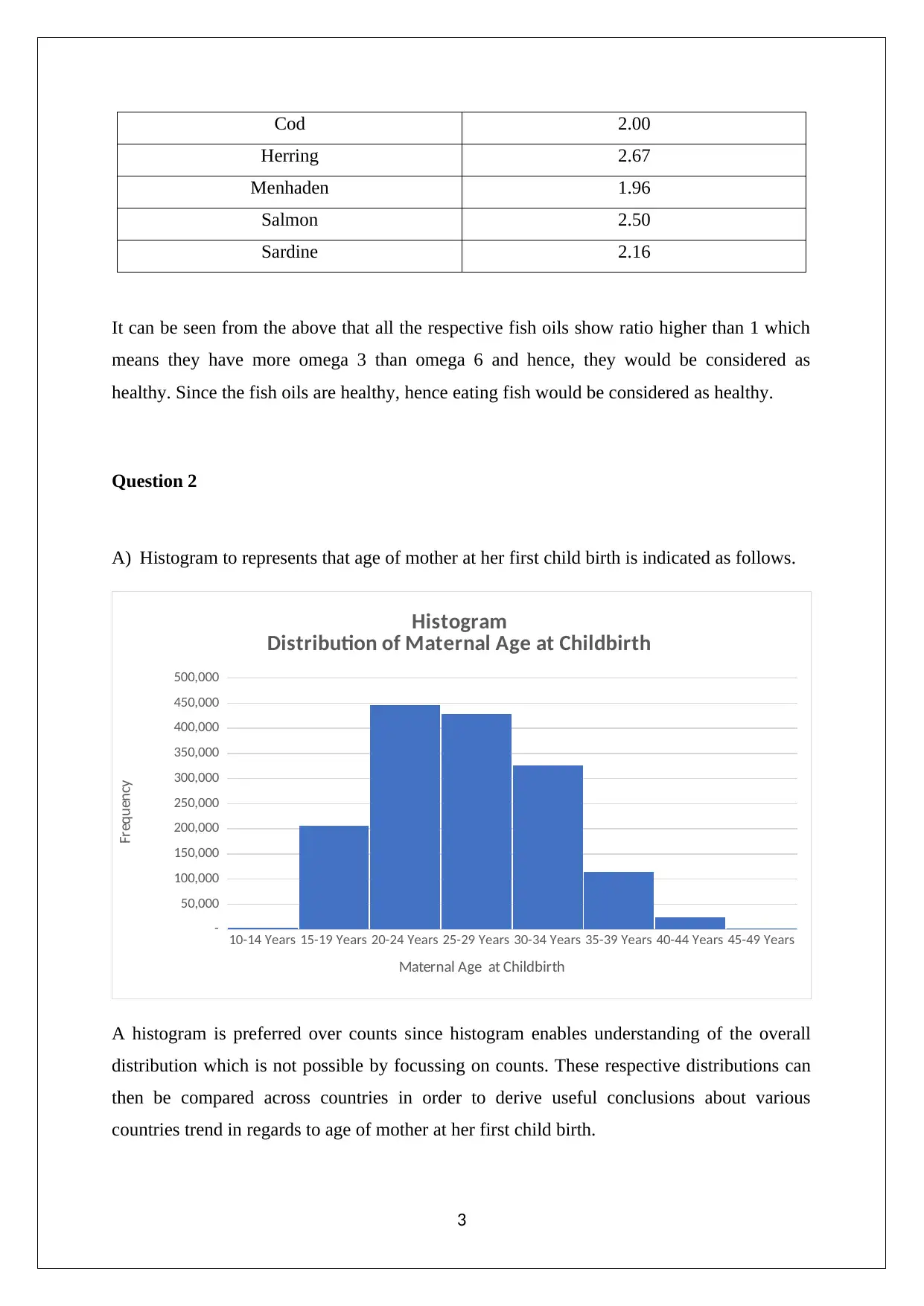

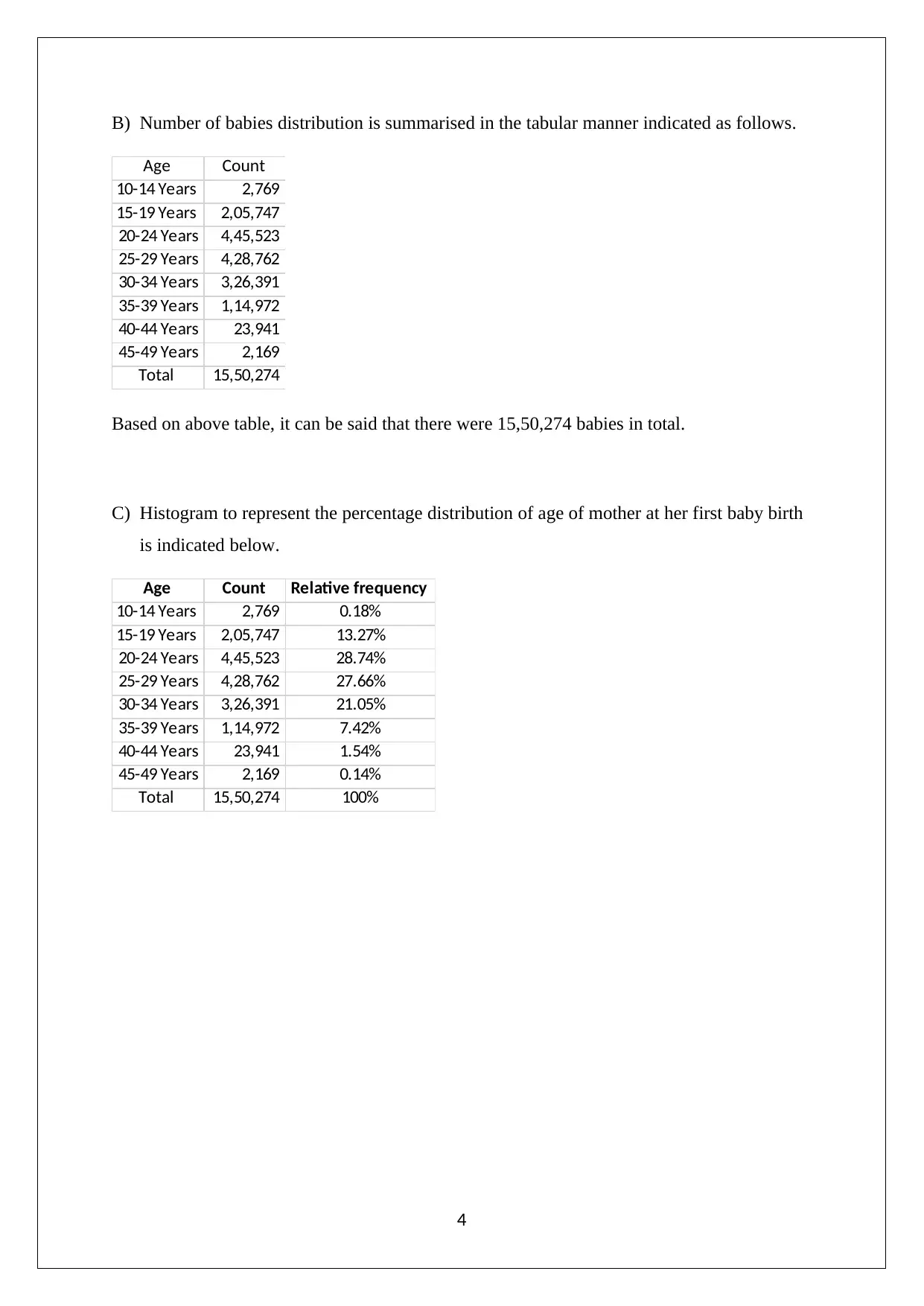
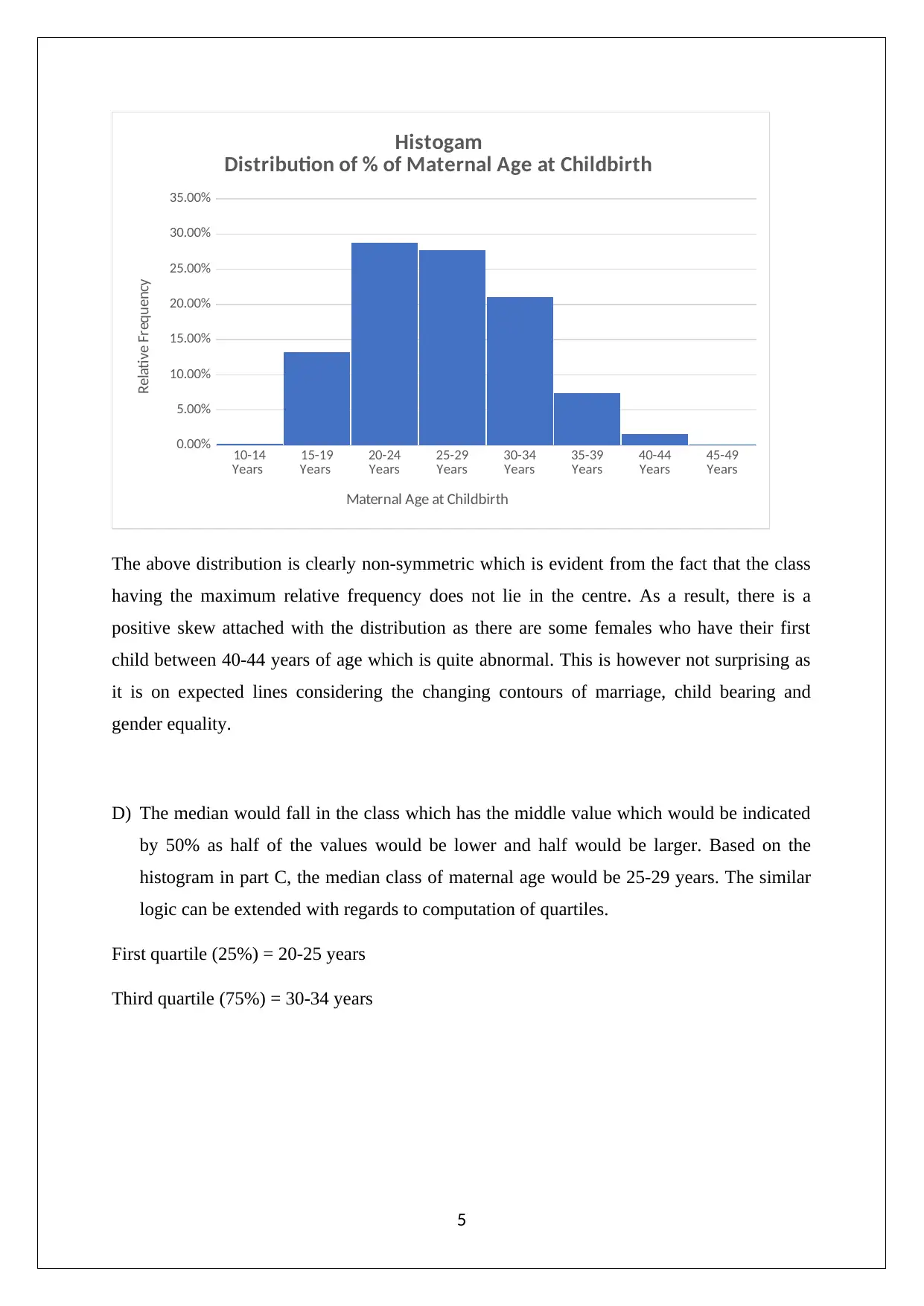






![[object Object]](/_next/static/media/star-bottom.7253800d.svg)